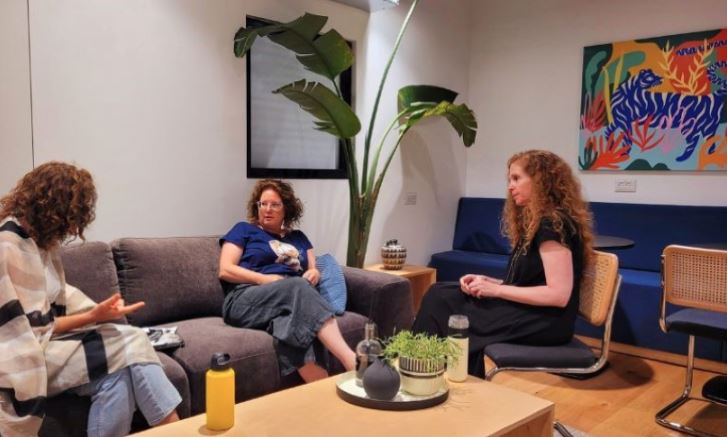
For the twenty-fourth week in a row, Israelis have been spending their Saturday nights protesting. For eight months, social change organizations have been working on overdrive to protect the rights of persecuted groups and combat the strategic dismantling of democratic institutions by the current government. Here at Shatil we’ve been asking ourselves: how are they doing—and how are they doing it?
The answer is resilience. Organizational resilience is defined as an organization’s ability to predict, prepare, respond, and adapt to significant change and sudden disturbances, in order to continue to survive and thrive. Here in Israel, the baseline of our political context demands resilience. Civil society has always had to adapt to less-than-friendly climates, but since the latest elections the threat to democratic values is even greater, and actors at all levels are feeling the pressure.
Organizational resilience can take many forms. It may mean developing a detailed strategic plan for several or scenario-planning, so that whatever happens the organizational staff are not caught off guard and do not waste time scrambling to plan. For an individual, resilience may mean learning to set boundaries and communicate their role to someone else so that work can be distributed evenly. This way, they can mitigate burnout and protect their own well-being.
Starting at the widest level, Shatil organizers have been emphasizing the need to create forums where organizations and individuals facing similar threats can come together. For example, the “Shared Society Directors Forum” met in early February to strategize and coordinate their responses to possible scenarios for the coming months. Coming together to brainstorm possible strategic response plans means that each organization now has a safety net and more energy to formulate and implement their individual work plans that promote their particular goals. Through NIF’s Hub for the Protection of Civic Space, Shatil is bolstering institutional resilience by coordinating training sessions that help NGOs operate in shrinking democratic space. Gathering people is also important for the individuals within an organization; it provides an avenue to share experiences, vent, and overall dispel the feeling of facing everything on your own.
On the protest level, Ella Yedaya who runs Shatil’s national programs and Tami Yakira who organizes the human rights community for Shatil, have been coordinating amongst the various blocs within the movement to help them develop shared mapping and immediate response plans. The goal is to also account for the long-term needs of activists, to make sure the movement can successfully sustain itself.
Working with specific organizations, Shatil consultants have been running trainings and holding one-on-one consultations to address how resilience can be cultivated even in the face of unprecedented adversity. For one organization that meant building an intricate strategic planning process; for another it meant coordinating a response plan to increased attacks on the organization and groups within the community.
Hajar Masarwah, the director of Tishreen Association, a non-profit strengthening civil society in the triangle region, decided to join one of Shatil’s trainings after witnessing how the social media landscape was fomenting a feeling of hopelessness and burnout.
“The media are responsible to a great extent for our outlook on the world, and they often embrace pessimistic views,” Hajar explained. “The Shatil resilience training helped me have a perspective shift and begin to see the media and journalism as a channel through which to effect positive change, not just feel less hopeful about the future.”
